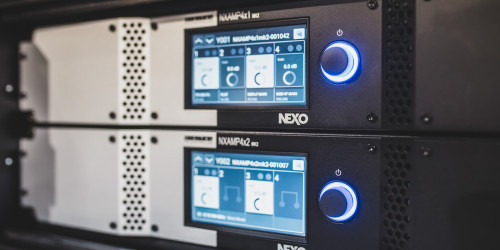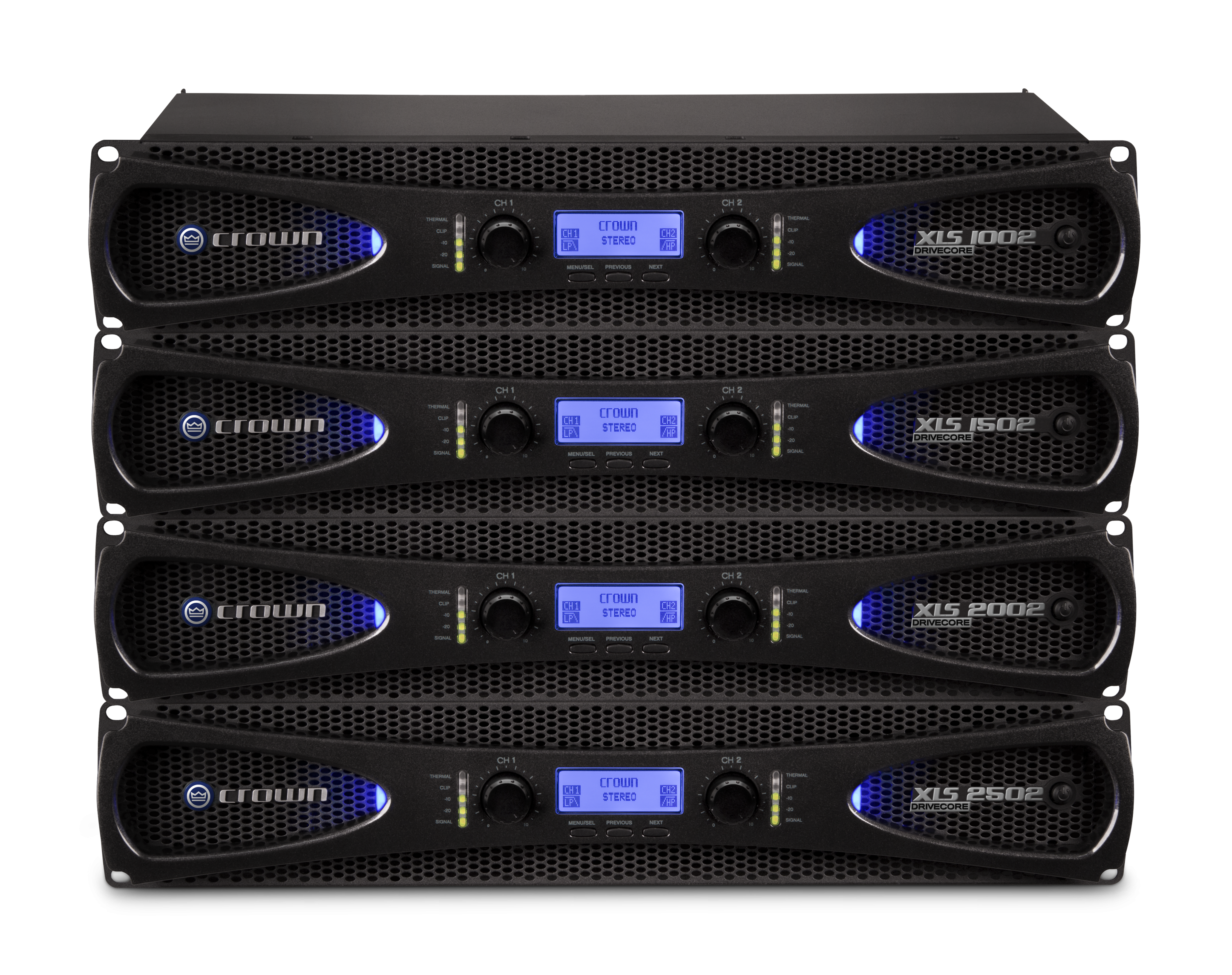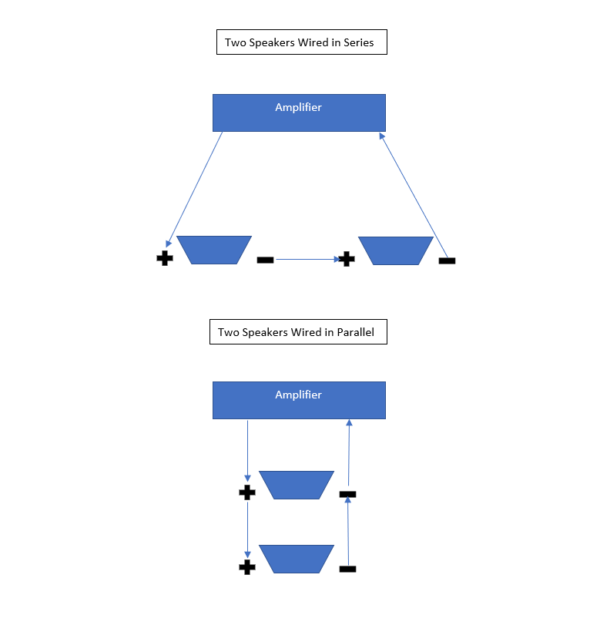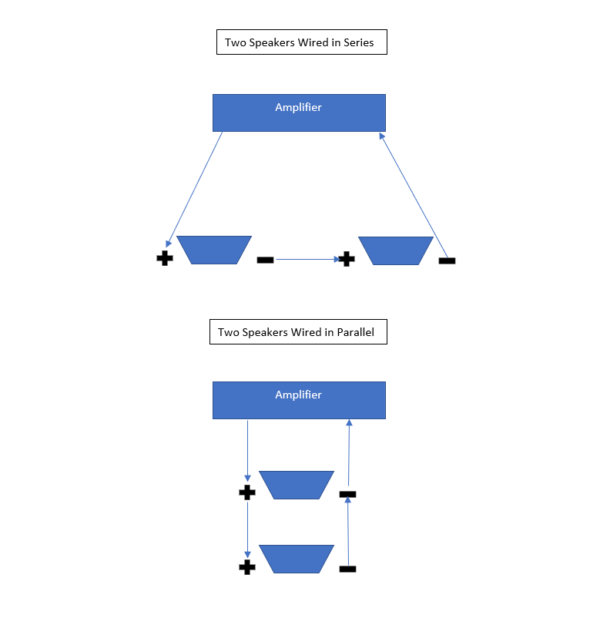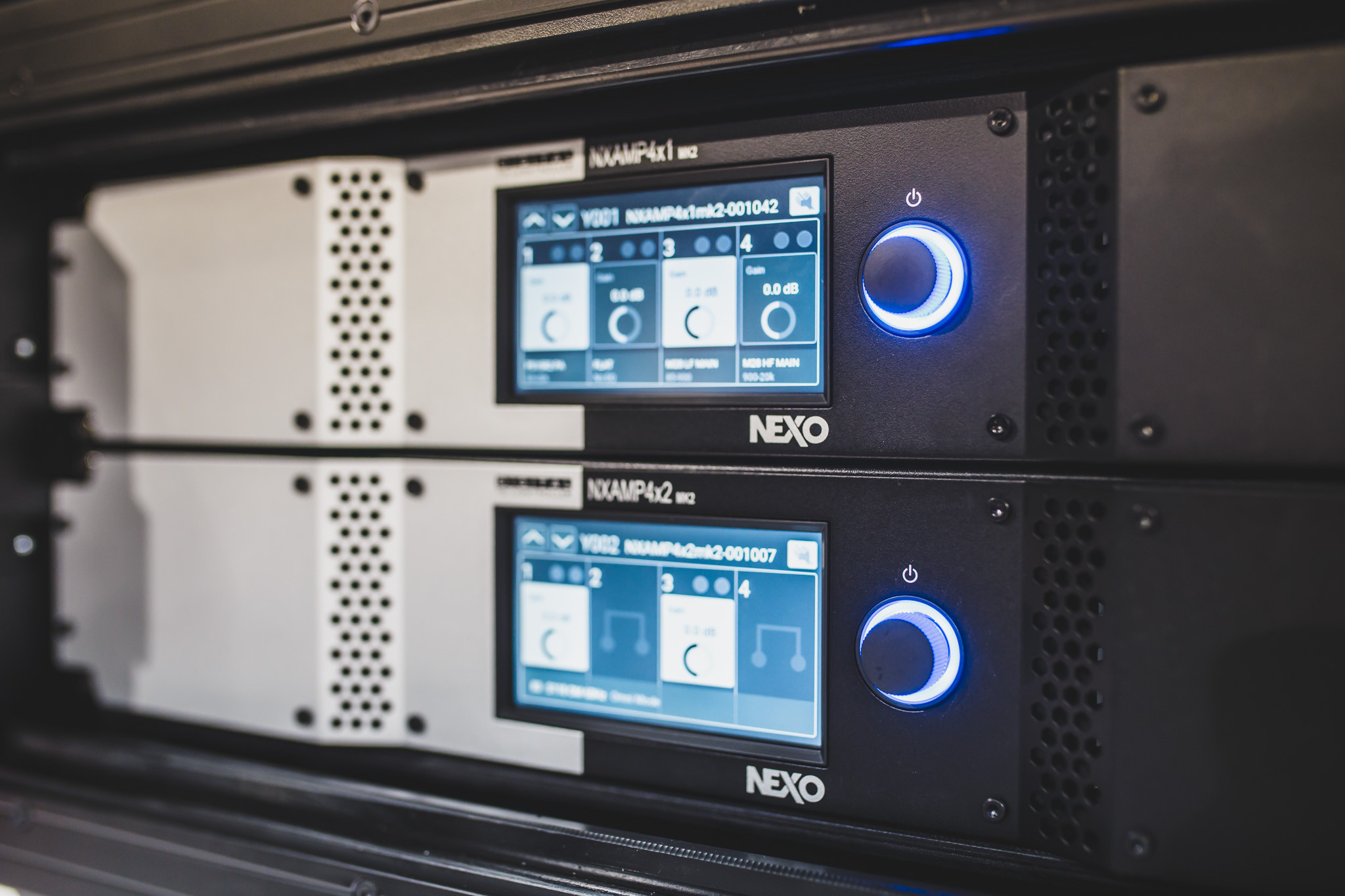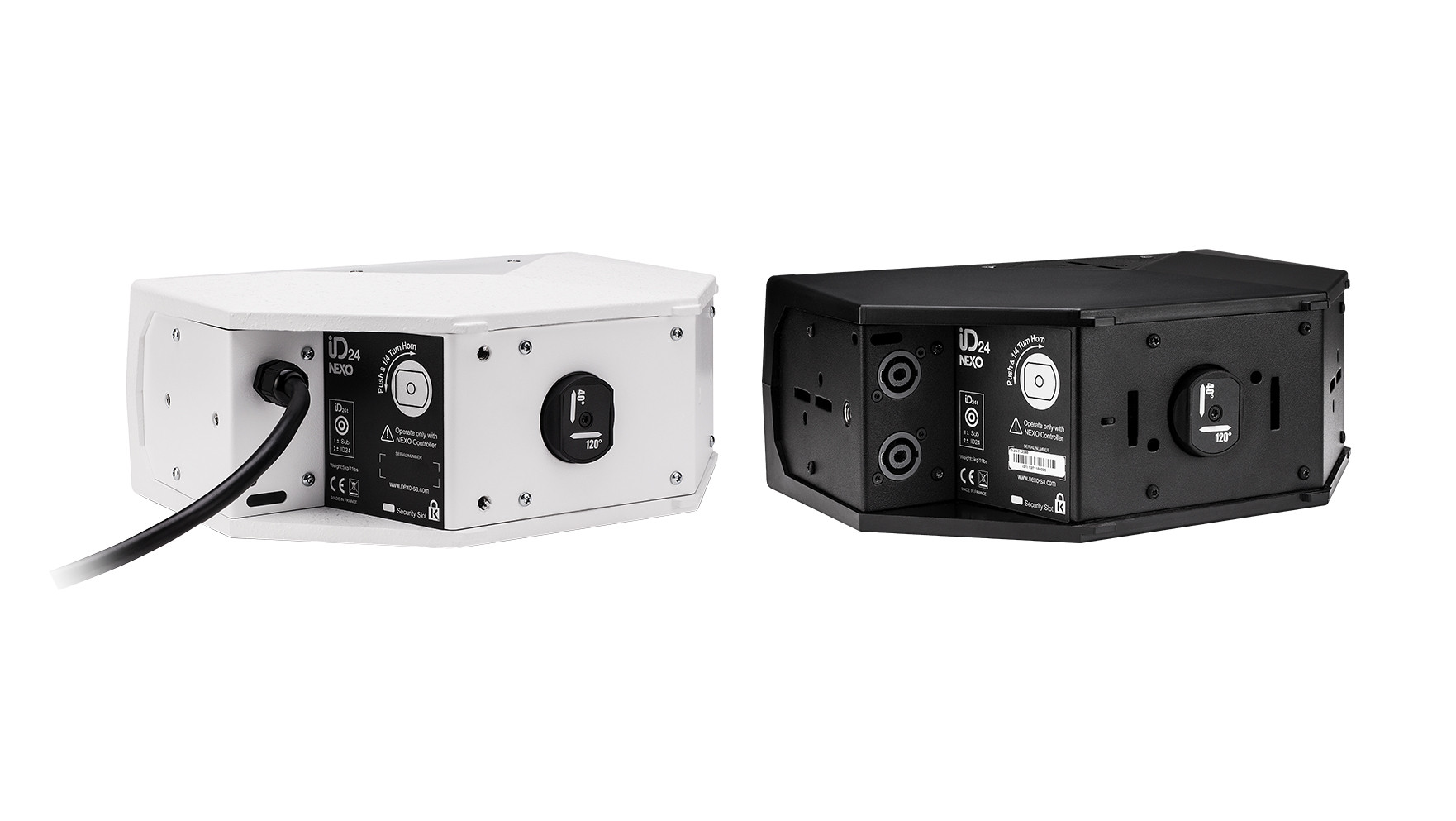Ohms
Impedance (measured in Ohms/ Ω) is resistance to electrical AC current. A power amplifier outputs an electrical current through a speaker cable and the speaker offers a resistance to that current.
The power rating of most amplifiers is often quoted at a load of 4 Ohms*. For example, “1000w per channel into 4 Ohms”. If a speaker rated at 4 Ohms is then connected to that amp, the amp will supply 1000 watts of power to that speaker.
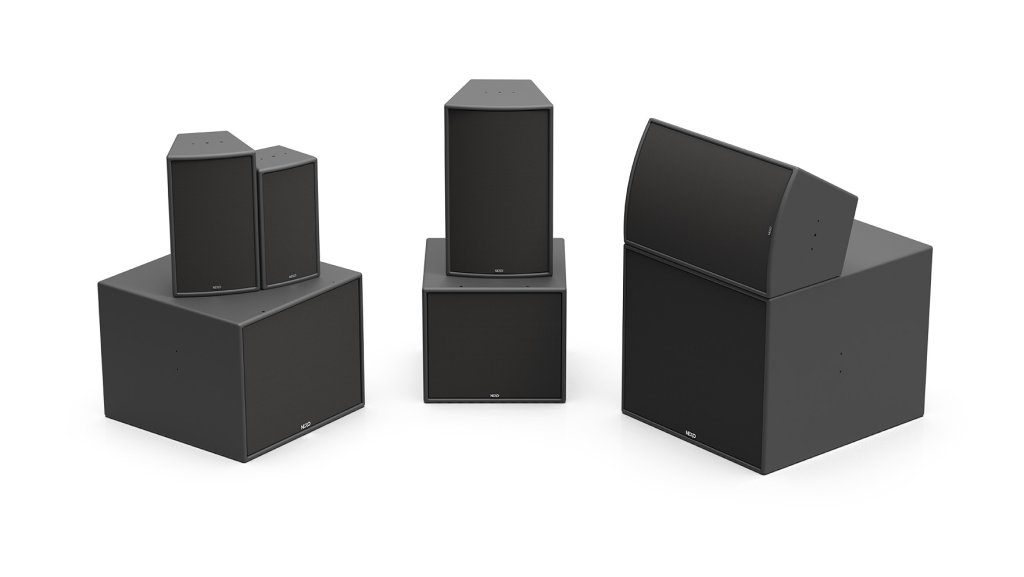
What then happens when we plug an 8 Ohm speaker into that same amp? In short, that speaker “resists” more of the current and the amp isn’t able to supply as much power to the speaker. Depending on the design of the amp, the power may drop to around 750w into an 8 Ohm load.
Using a 16 Ohm speaker will drop the power further again but the amp will still operate fine with no issues just at a lower power.
Let’s use a silly analogy to try and describe what’s going on…
Imagine you are trying to run through a pool of treacle (yum!). You are the current and the treacle is the speaker or impedance. The thicker the treacle or the higher it’s impedance the more it resists your power to run through it.
Water would have less resistance (a lower impedance) and you’d be able to run through it much faster. You’d have more power.

